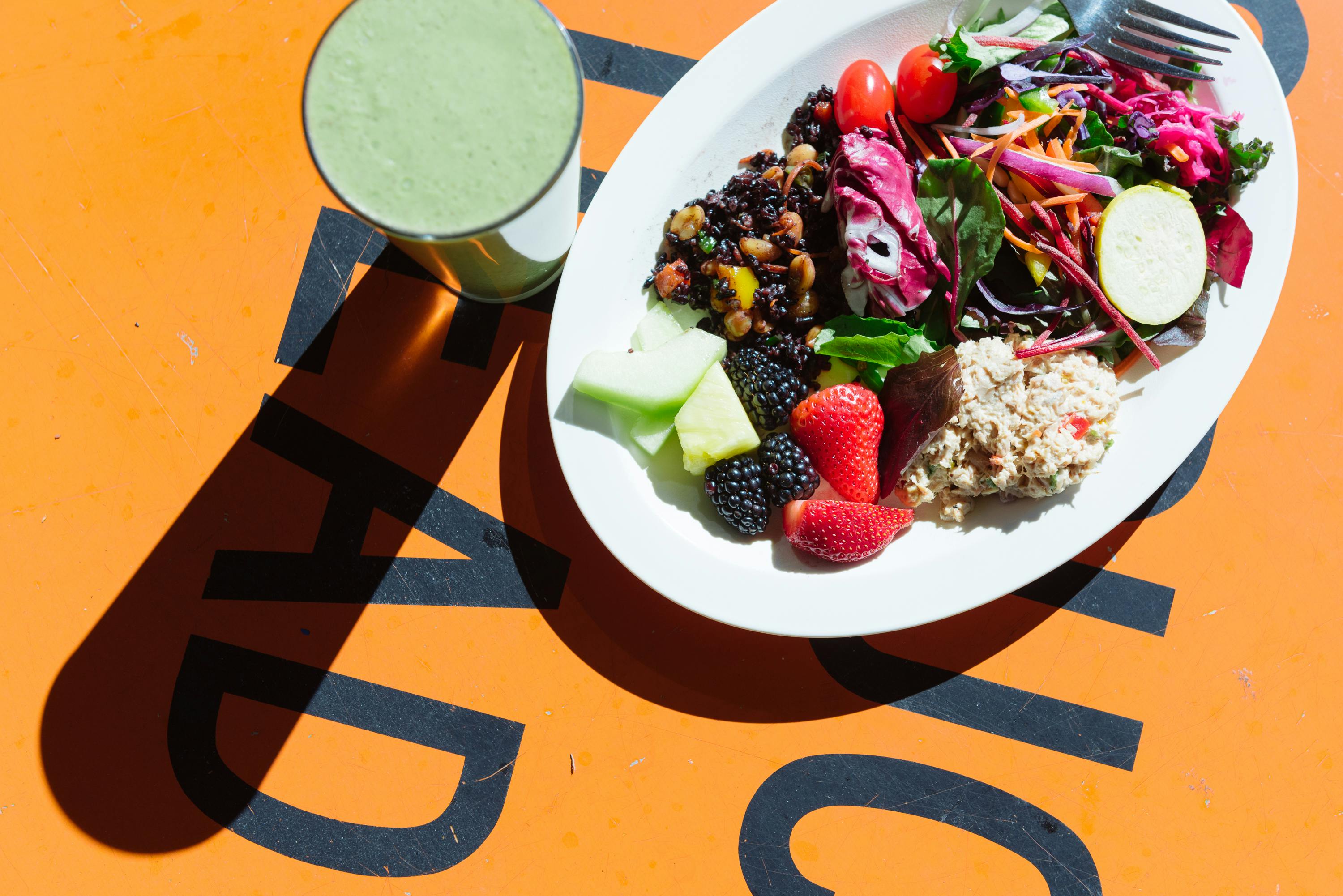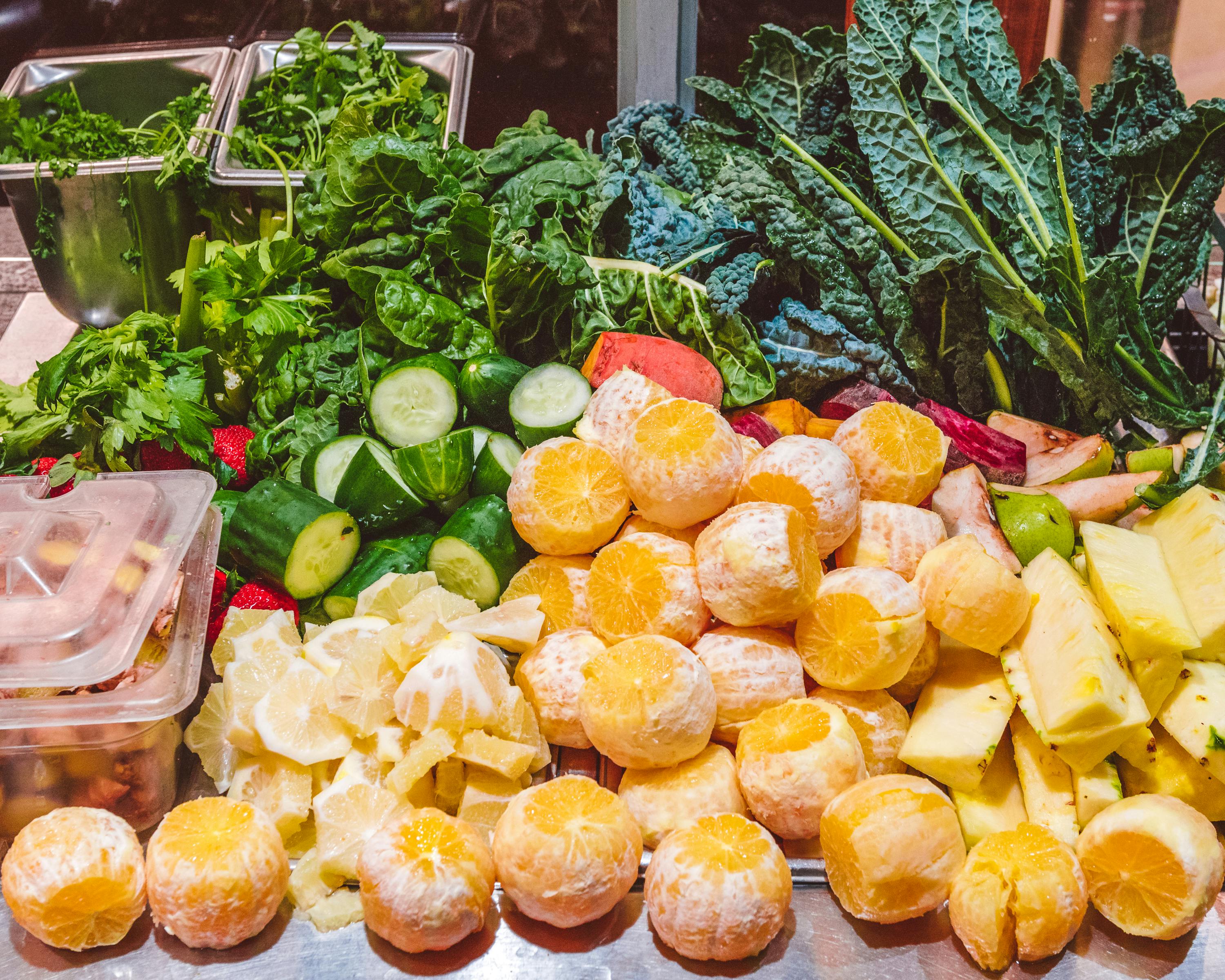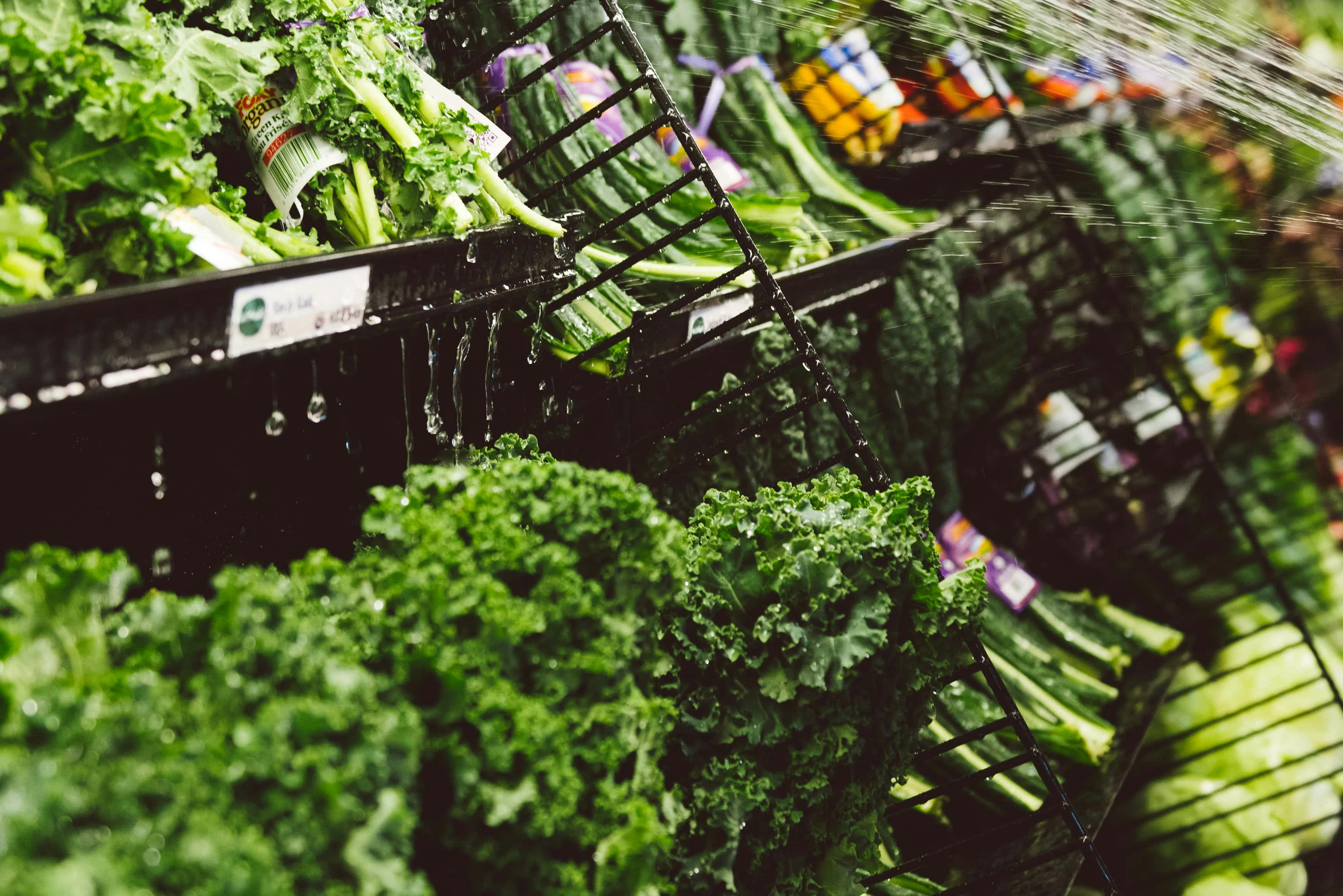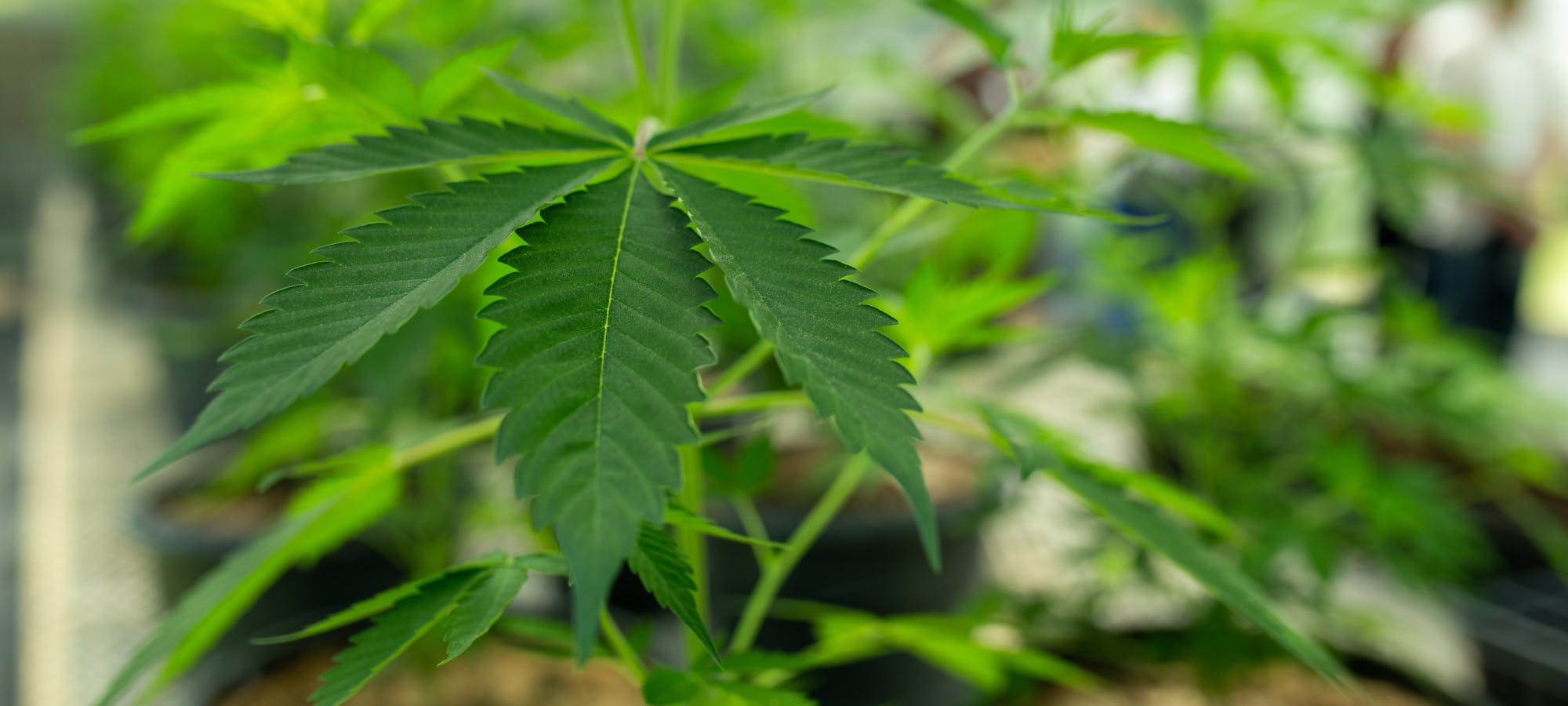I think the most inspirational way that I develop ideas for written content and blog posts are through the common questions that come up during one-on-one appointments during my health coaching sessions. A big area of customer and client support recently has been around questions regarding shifting their diets over to a more plant based / vegetarian nutrition plan which, although it may seem straightforward, certainly isn’t for a lot of folks. Sometimes when people want to make big shifts their diet, the amount of research (often conflicting!) can be a little overwhelming. I like to outline big changes with small steps, by laying out the basics first and fine tuning the details one step at a time. A really big part of a vegetarian diet centers around adequate protein intake, and trust me – there are LOTS of ways we can utilize plant based foods to get in enough protein. Variety is key when we want to get a good amount of any one particular food group, and a common pitfall for some vegetarians (and meat eaters, too), is to rely too heavily on just one or two sources of protein. My best piece of advice is to pick at least 5 sources of your favorite protein and perfect several recipes utilizing these base protein sources to you’re not always defaulting to just tofu or just garbanzo beans.
The amount of protein every person requires is very different and depends on your body weight, age and especially your level of energy and expenditure. If you’re working out 6-7 days a week or training for a marathon, you need a considerably higher intake of protein than someone else who has a desk job. Generally speaking, you need about 0.8 grams of protein per kilogram of body weight (or 0.36 grams per pound). So a 150 pound person will need to eat about 54 grams of protein per day with a normal energy expenditure. It’s important to know how much protein you need to aim for every day, and to make a concerted effort to meet this intake with a variety of protein sources.
Here are several vegetarian protein sources that I often recommend and the protein content per cup for reference:
Food | Serving | Protein in Grams
- Tempeh | 1 cup | 31
- Soybeans, cooked | 1 cup | 29
- Seitan | 3 ounces | 21
- Lentils, cooked | 1 cup | 18
- Plain yogurt | 1 cup | 15-20
- Black Beans, cooked | 1 cup | 15
- Kidney Beans, cooked | 1 cup | 15
- Chickpeas, cooked | 1 cup | 15
- Pinto beans, cooked | 1 cup | 15
- Lima beans, cooked | 1 cup | 15
- Black eyed peas, cooked | 1 cup | 13
- Tofu, firm | 4 ounces | 11
- Quinoa, cooked | 1 cup | 8
- Peas, cooked | 1 cup | 8
- Peanut butter | 2 tablespoons | 8
- Almonds | 1/4 cup | 8
- Egg, cooked | 1 whole egg | 6
- Bulgar, cooked | 1 cup | 6
- Sunflower seeds | 1/4 cup | 6
- Spinach, cooked | 1 cup | 5
- Broccoli, cooked | 1 cup | 4
One of the biggest overall nutritional varieties of vegetarian proteins comes from BEANS and legumes (black beans, lentils, kidney beans, walnuts, almonds, pinto beans etc). Not only are they higher in protein than most other plant based proteins, but they also pack a considerable amount of other nutrients such as magnesium, calcium, folic acid, folate, manganese, iron, B-vitamins and of course, fiber.











